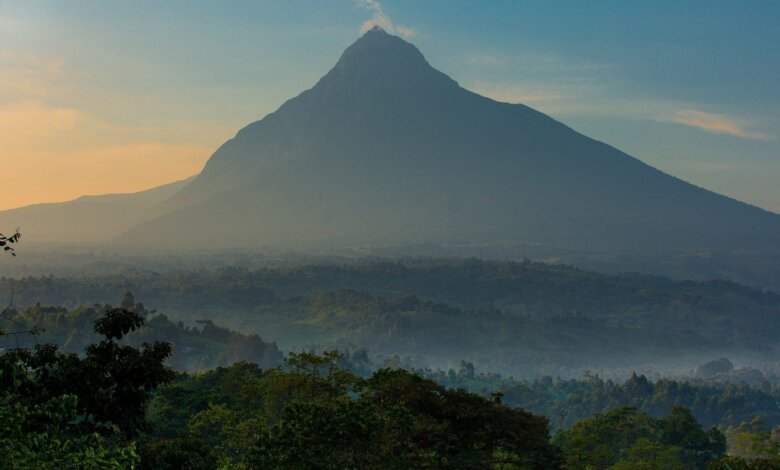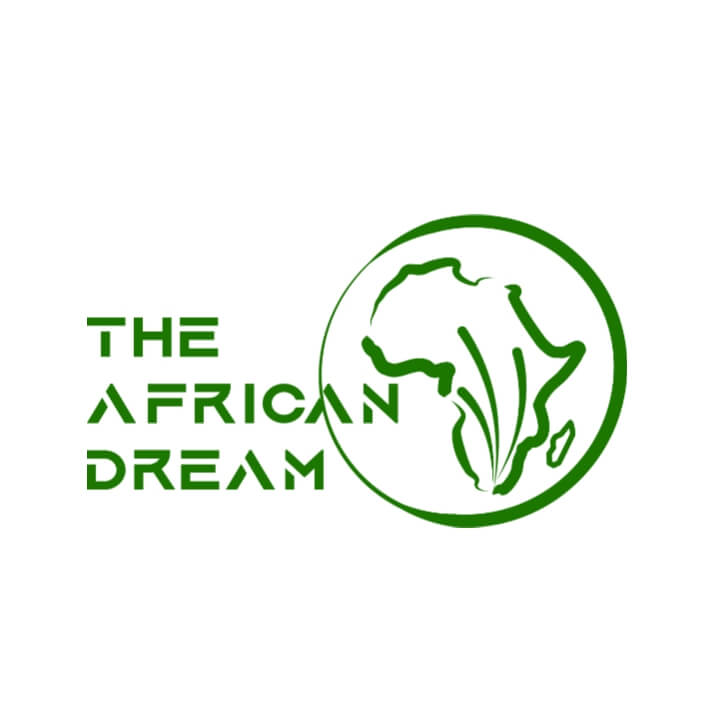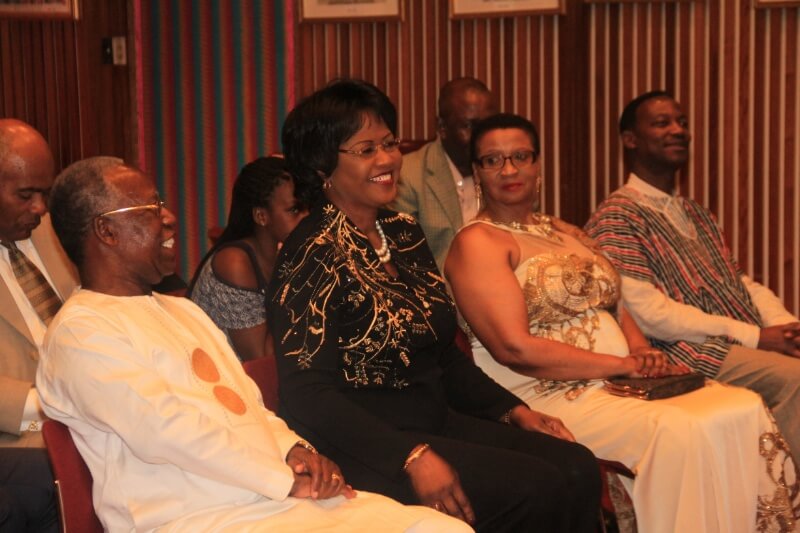
Virunga National Park, one of Democratic Republic of Congo’s (DRC) most treasured natural legacies, celebrates 100 years of remarkable existence. Nestled in the rugged North Kivu region, the UNESCO World Heritage Site is one of the most biodiverse places on Earth. It became Africa’s first national park on 21 April 1925.
Initially known as Albert National Park, it was created as a science-oriented nature reserve to study and preserve wildlife and indigenous communities. Over time, the park has undergone several expansions and name changes, ultimately becoming Virunga National Park in 1969.
Stretching across approximately 7,800 square kilometres of breathtaking landscapes, Virunga boasts an extraordinary variety of ecosystems, from snow-capped mountains and active volcanoes to dense rainforests and sprawling savannas.
It is home to a range of wildlife, including elephants, lions, hippos, chimpanzees, and over a third of the world’s endangered mountain gorillas. The park’s forests also shelter over 700 species of birds, making it a haven for nature lovers and researchers alike.
The park also plays a vital role in supporting local communities, showcasing how conservation and human development can go hand in hand. Through sustainable initiatives, Virunga supplies 70% of the electricity to the nearby city of Goma via clean hydropower projects, helping to fuel homes, businesses, and hope for the future.
It also provides thousands of jobs in conservation, ecotourism, agriculture and infrastructure development, empowering residents to become stewards of the environment while building better lives. At the heart of Virunga’s story is the dedication of its rangers, conservationists, and local communities. Their passion and commitment have allowed Virunga to thrive, from safeguarding endangered species to nurturing economic growth.
“Virunga is more than a park,” said Director Emmanuel de Merode. “It’s a symbol of what we can achieve when we invest in both nature and people.”
As Virunga marks 100 years, it looks ahead with ambition and optimism. New projects are expanding education, clean energy, and community-driven conservation, ensuring that Virunga’s next century will be even more impactful. Plans for ecotourism, reforestation, and further community engagement aim to make Virunga a model not just for Africa, but for the world.
The park’s 100th anniversary marks not only a milestone for DRC, but also a historic moment for global efforts to preserve the beauty and richness of the natural world. The park designated in 1979 as a UNESCO World Heritage Site remains renowned for its unparalleled ecological diversity, cultural significance, and ongoing conservation efforts.
Written by Kweku Sampson.

This article is published by either a staff writer, an intern, or an editor of TheAfricanDream.net, based on editorial discretion. CLICK HERE TO SUBSCRIBE TO OUR NEWSLETTER.




